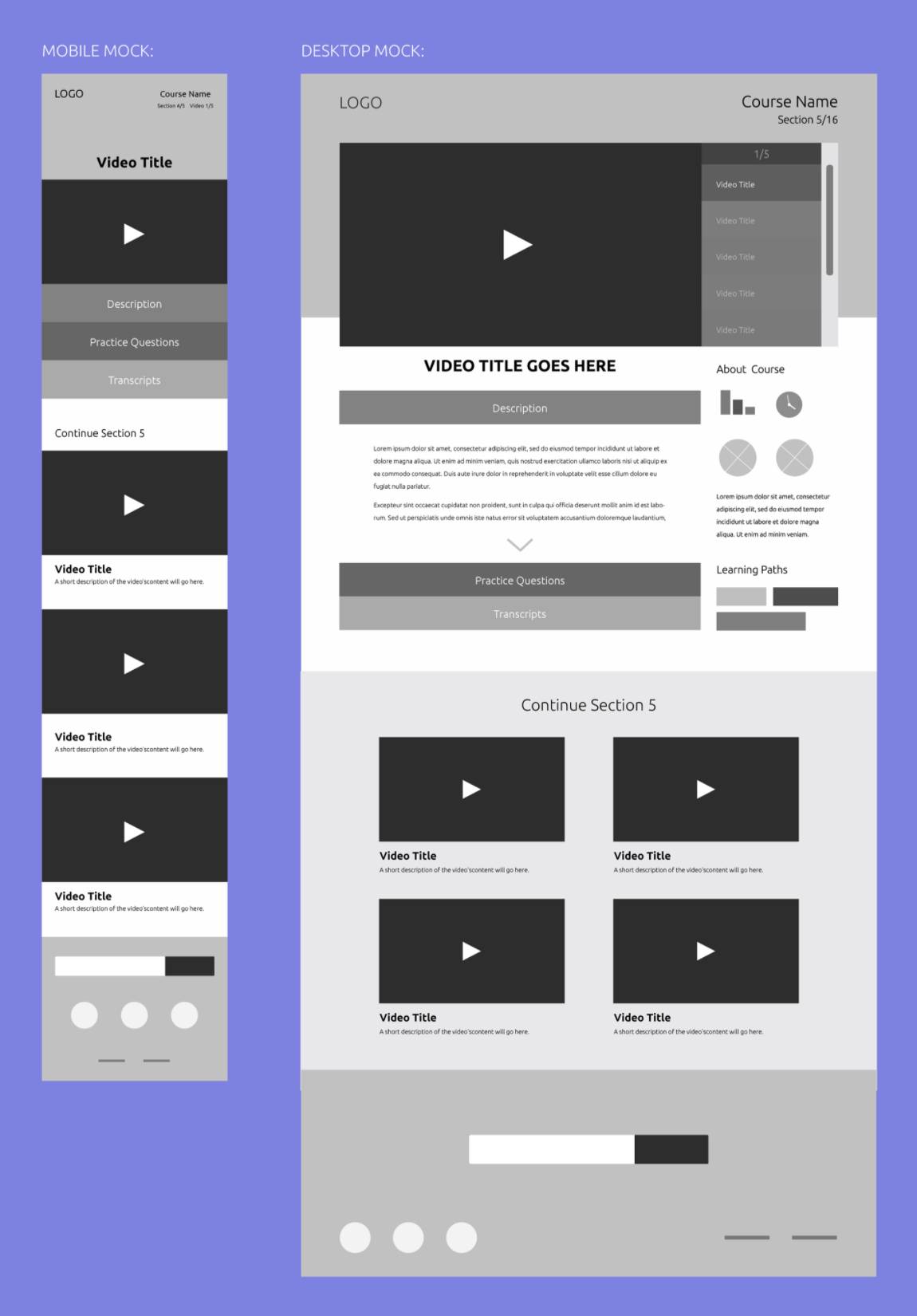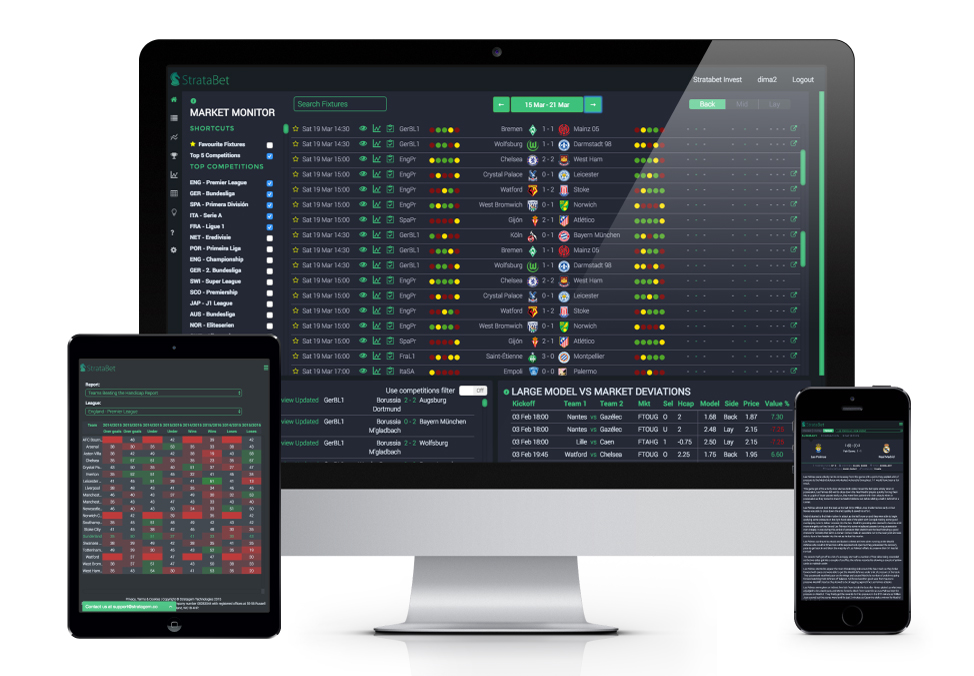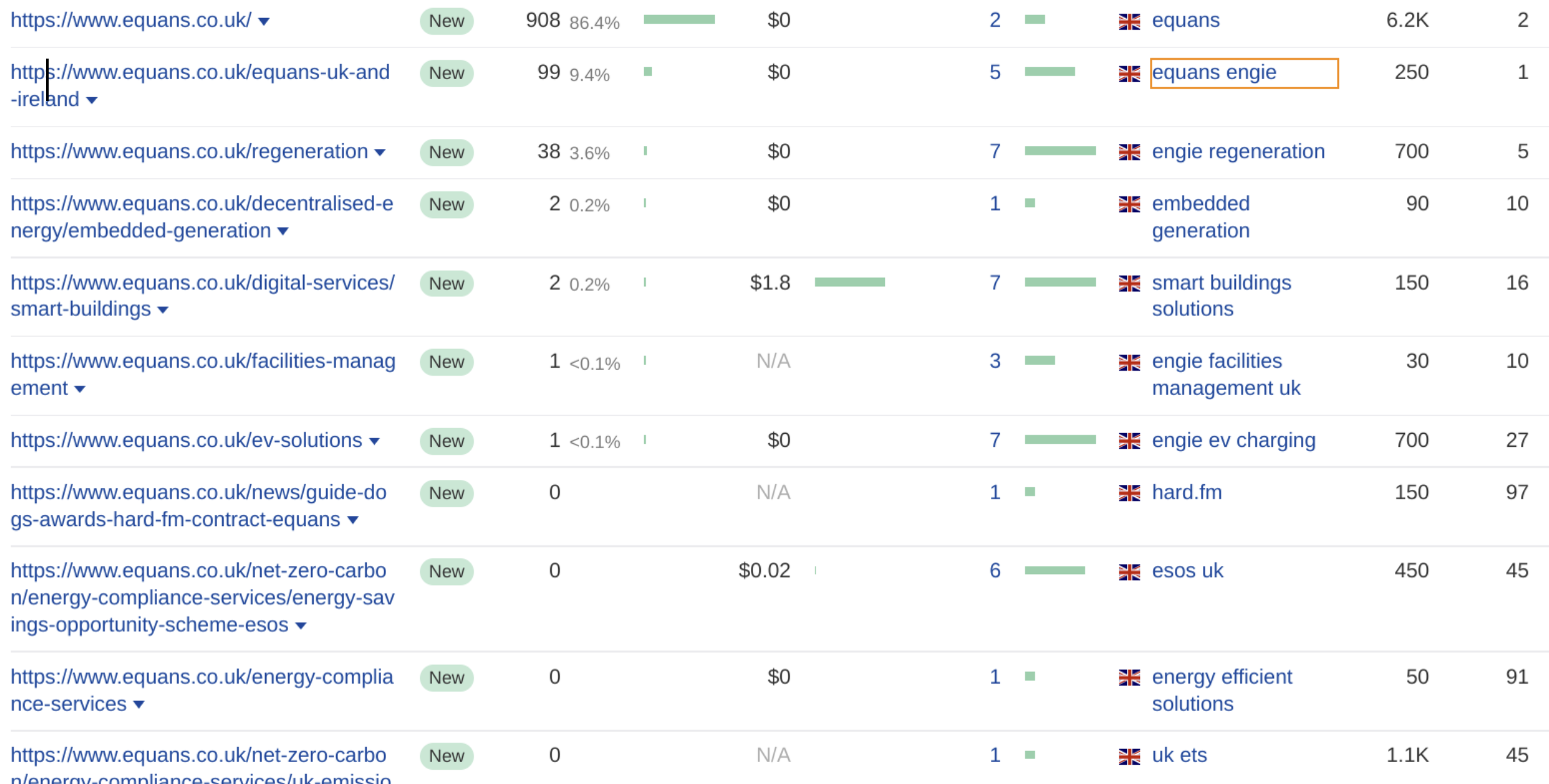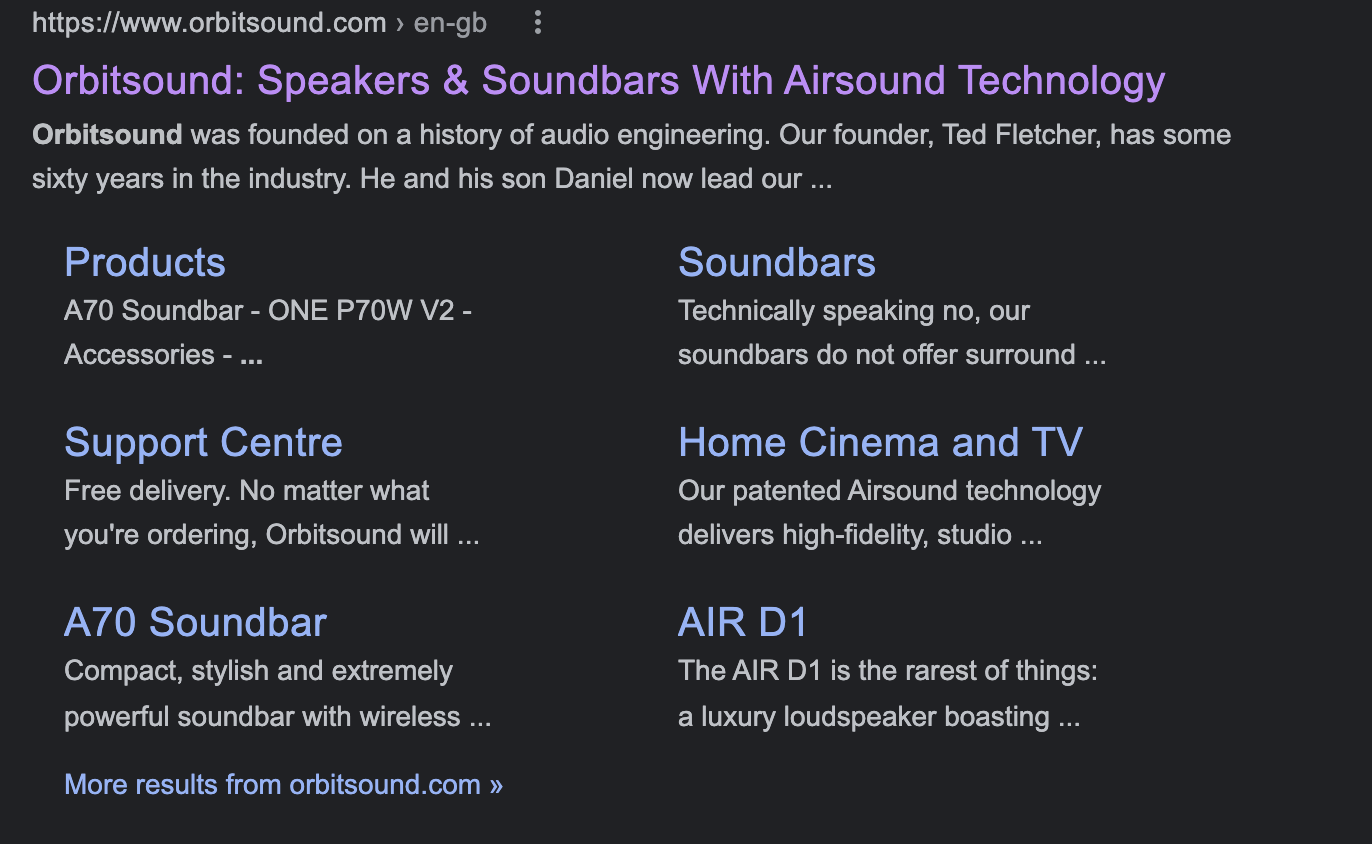Socially Grown Task
Phase 1 - Gathering Information, Defining Goals & The Brand
- Competitor research/analysis - What are other companies doing in the same industry? What do they do well, what do they do poorly, what can we take from that? How can we better that/improve upon? What isn't being done that we can take on? etc.
- Initial meeting - Get to understand the business better.
- What it is they do/offer, what do they want to do/offer?
- Not only how do they want to come across, but how should they come across to optimise clientele engagement and conversion?
- What is their goal(s)?
- What are their values?
- How can we leverage their strengths in a digital (or even offline) manner
- etc.
- Brand/Rebrand - Using information from the initial meeting to generate a brand mood board, encompassing values, what the brand needs to portray, how it fits in the industry, etc. to eventually coming up with a full brand guideline pack and digital guideline pack. This is particularly useful when we come to development as we have all of this to refer to and streamline the whole process.
Example 1 - Space Champagne
Example 2 - Paving Shopper
Phase 2 - Wire-framing/Prototyping, Technical & Foundation SEO, and Web Development
Having established a brand, we now have a strong starting point to design the build of the site.
This would actually start from an SEO stand-point, in terms of figuring out the architecture of a site based on head terms that we want to rank for on the site. This is a long-term strategy and ultimately what would be considered the end goal. These head terms would essentially be their main services.
Now after having looked, this is a very competitive industry for SEO, meaning to compete directly for these head terms, we would need a really high DR (which Surefire don't have), or as mentioned, a long-term (years) backlink and content strategy at mass scale. *But I'll touch on this more in phase 3...

Once we have our site architecture ready, we can then plan out how we want to best layout and structure different types of pages. (This doesn't mean mocking up every single page - this would be way to time consuming and absolutely not cost-effective at all).
If we categorise these pages into groups such as:
- Informational Page
- Head/Money Page
- Home Page
- Landing Page
- Misc. (About/Contact/etc.)
Then we can structure them in a way that is appropriate for them. High-intent pages will obviously be much 'hotter' in pushing for a conversion/lead/sale, whereas informational should be geared towards clear and concise content with contextual anchor tags linking back up to its siloed parent pages.
Both mobile and desktop versions will be delivered at this point.

After reviewing the wireframes, doing some user-journeys and ensuring we're happy with the layout, I'd then look to follow up on them by implementing some high-fidelity mockups where the brand styles come into play and we use a much nicer aesthetic than we have to speedily create the wireframe versions.
Depending on the size and budget of the project, we would then either move from this point directly into development, or we would build out a working prototype of the main pages/functions etc. in Figma, which we can pass to the team/client to sign off and being the build.

For this kind of website, we wouldn't need anything particularly flashy, so I'd go with Wordpress as our CMS.
My typical procedure for this kind of site would look like so:
- Set up the site (password protected or local), add a SSL and https redirect, and a bare-bones template for me to start customising.
- Add any required plugins necessary.
- Build out elements in-line with the brand guides that we created in phase 1.
- Work through the designs, reusing elements and page layouts that I've set up as much as possible.
- Ensure the navigation menu, footer links, etc. 1. All work and 2. Are exact match anchor tags to the related pages.
- Set the permalink structure to work in sync with our page hierarchy that we designed.
- Ensure all H1's and H2's are correct for the terms we will be delving into.
- Add any required meta titles, schema, etc.
- Speed test the site and use relevant tools to enhance performance.
- Run all other required tests (usability, working pages, lighthouse, search console, etc.) and sign off for phase 3.
For examples of some of my websites simply go to my projects page on this website (or just ask for more - I have about 40!)
Phase 3* - More SEO & Ongoing Content Avenues
Act like this is my business. We don't want to play the role of a generic agency that follow a bunch of generic rules and simply tick over by only ensuring we do the bare minimum of marking off set checkboxes. Think what would I do to drive the company to further engagement, conversions and ultimately success.
After analysing the organic traffic of Equan, they have extremely low DR and referring domains, indicative of a new website, rather than a site that's implemented a SEO campaign (see image below). However, I can see it’s a newly indexed website or possible 301 redirect, so maybe this is why.

The second image (below) shows which pages Equans domain is bringing traffic to organically. As we can see, there's no traffic for anything other than their brand related searches. This is because the site has no content/pages that rank organically in Google for any search terms.
They only get traffic when people already know of them.

In order to improve their traffic, they should focus upon building organic traffic via a content strategy and building topical authority within their niche.
This sometimes means building out pages that you don't particularly care for ranking on the surface, as it isn't specifically what you do/offer or generate sales, but what it does do is sends signals to Google and other search engines that you are a hub for this niche and once you build relevancy within that niche, your internal links will power up your money pages.
An example of when I have done this previously is with a company called Orbitsound. They were selling surround sound speakers, but rather than purely focusing on speakers, we worked on a strategy (where people are likely to use said speakers) of making content about home theatres/cinema rooms.
You can see this in the SERPs for Orbitsound (pictured below - [middle right]), and can check out one of the pages I did here: https://www.orbitsound.com/en-gb/home-cinema-tv/

Content could be structured into intent based (i.e. service based search terms; looking to do business) but the vast majority would be informational content, which would catch people lower down the funnel.
I also noticed that the Equans site doesn't look to have had internal links placed with seo in mind. I would build out contextual internal links, as well as structuring the site into a hierarchy-type system with ‘money pages’ or ‘high value pages’ ranked, using supporting pages known as ‘support content’.
For example, (without knowing too much about the industry) If I wanted to pull in traffic for a head term such as ‘smart buildings’, I would build out in-depth supporting content such as ‘how do smart buildings work’.
It may be a good idea to build out an informational piece about ‘smart buildings’ and then outreach to relevant websites or the press to attract links to the informational content. I would then insert a contextual internal anchor up to my ‘money page’ to let the link juice/power flow up.
This will work due to the hierarchy of the site, aided by what we already have implemented in terms of navigational and breadcrumb internal links and so on.
Whilst building out mass content and developing topical authority would be a solid long-term option, other ideas to generate traffic include:
- Google Adwords (only for high intent terms that are likely to convert, of course sent to an optimised landing page rather than the site itself, removing distractions etc.)
- Once we are getting healthy amounts of organic traffic, Facebook pixel retargeting, to retarget users who have visited high intent pages or Google Ads landing pages
- Press releases to generate backlinks. This could be in the form of a quirky news article around energy etc. that would attract national press links.